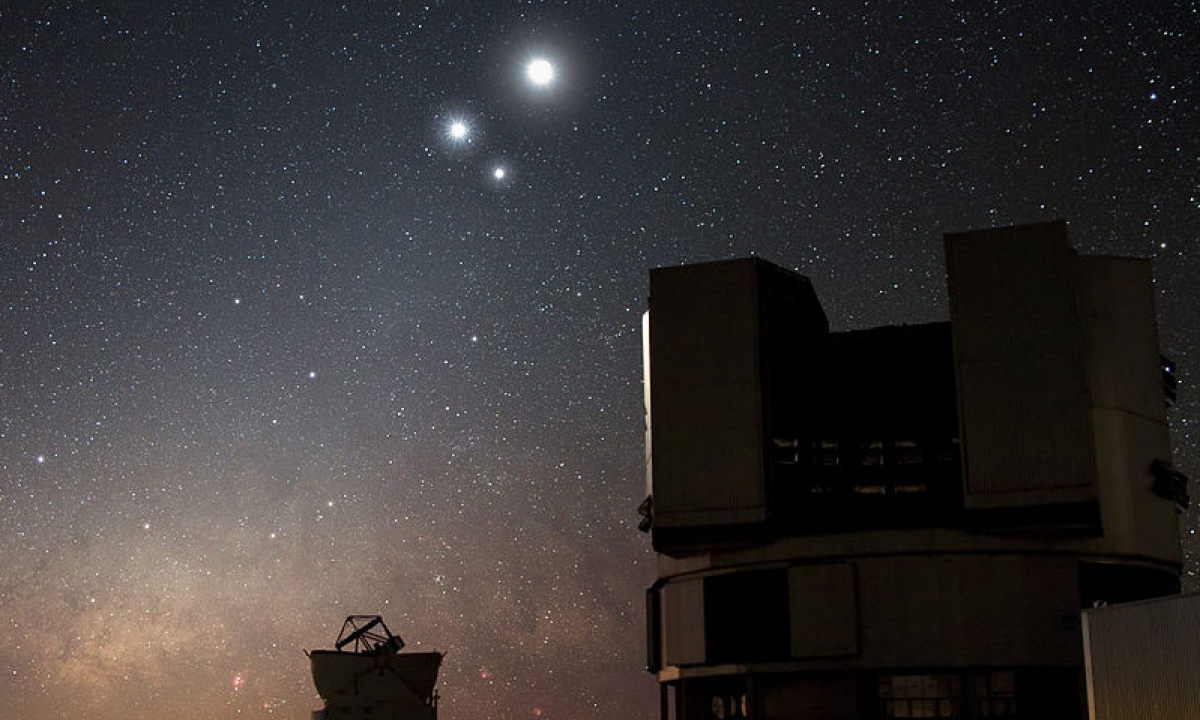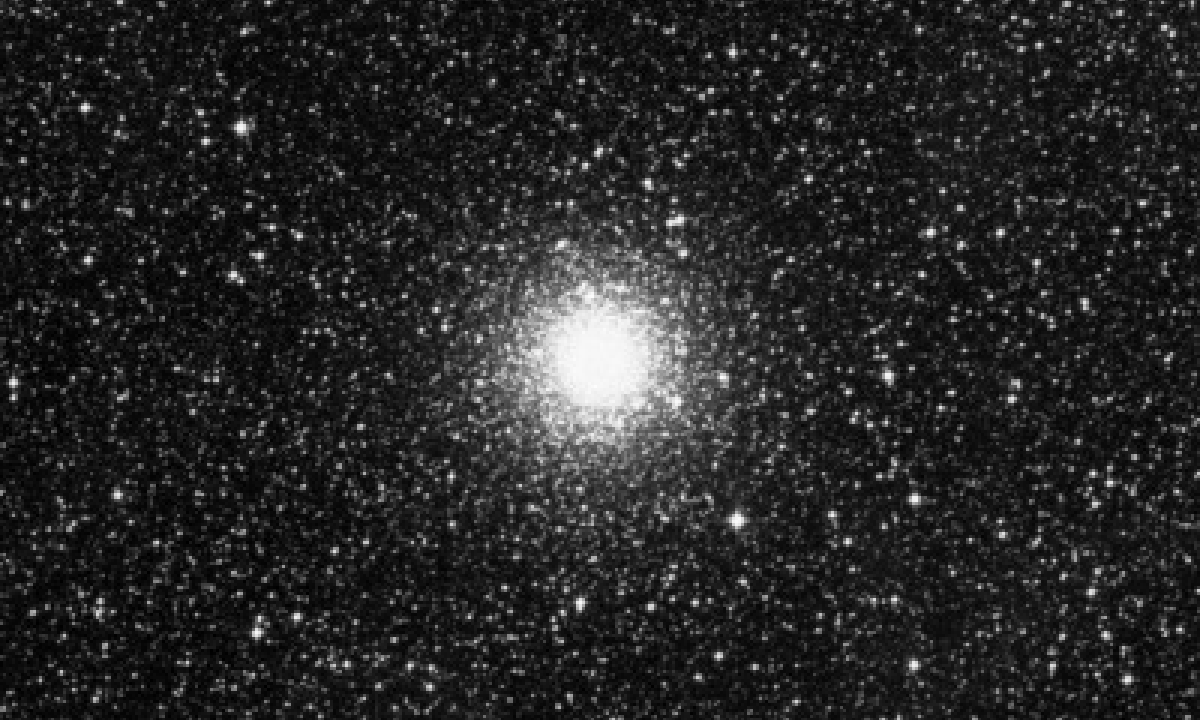Saturn will pass close to the
Sun in the sky as its orbit carries it around the far side of the solar system
from the Earth.
At closest approach, Saturn will appear at a separation of
only 1°37′ from the Sun, making it totally
unobservable for several weeks while it is lost in the Sun’s glare.
At around the same time, Saturn will also be at its most distant from
the Earth – receding to a distance of
10.71 AU
– since the two planets will lie on opposite sides of the solar
system.
If Saturn could be observed at this time, it would appear at its smallest
and faintest on account of its large distance. It would measure
15.5 arcsec
in diameter.
A comparison of the size of Saturn as seen at opposition and
at solar conjunction.
Over following weeks and months, Saturn will re-emerge to the west of
the Sun, gradually becoming visible for ever-longer periods in the pre-dawn
sky. After around
six months,
it will reach opposition, when it will be visible for virtually the whole
night.
A chart of the path of Saturn across the sky in 2024 can be found here, and a chart of its rising and setting times here.
The position of Saturn at the moment it passes solar conjunction will be:
| Object | Right Ascension | Declination | Constellation | Angular Size |
| Saturn | 22h46m30s | 9°31’S | Aquarius | 15.5″ |
| Sun | 22h44m | 8°01’S | Aquarius | 32’17” |
The coordinates above are given in J2000.0.
The sky on 28 Feb 2024
Warning
Never attempt to point a pair of binoculars or a telescope at an object close to the Sun. Doing so
may result in immediate and permanent blindness.
Source
The circumstances of this event were computed using the DE430 planetary ephemeris published by the Jet Propulsion Laboratory (JPL).
This event was automatically generated by searching the ephemeris for planetary alignments which are of interest to amateur astronomers, and the text above was generated based on an estimate of your location.
Related news
Image credit
© NASA/Cassini




